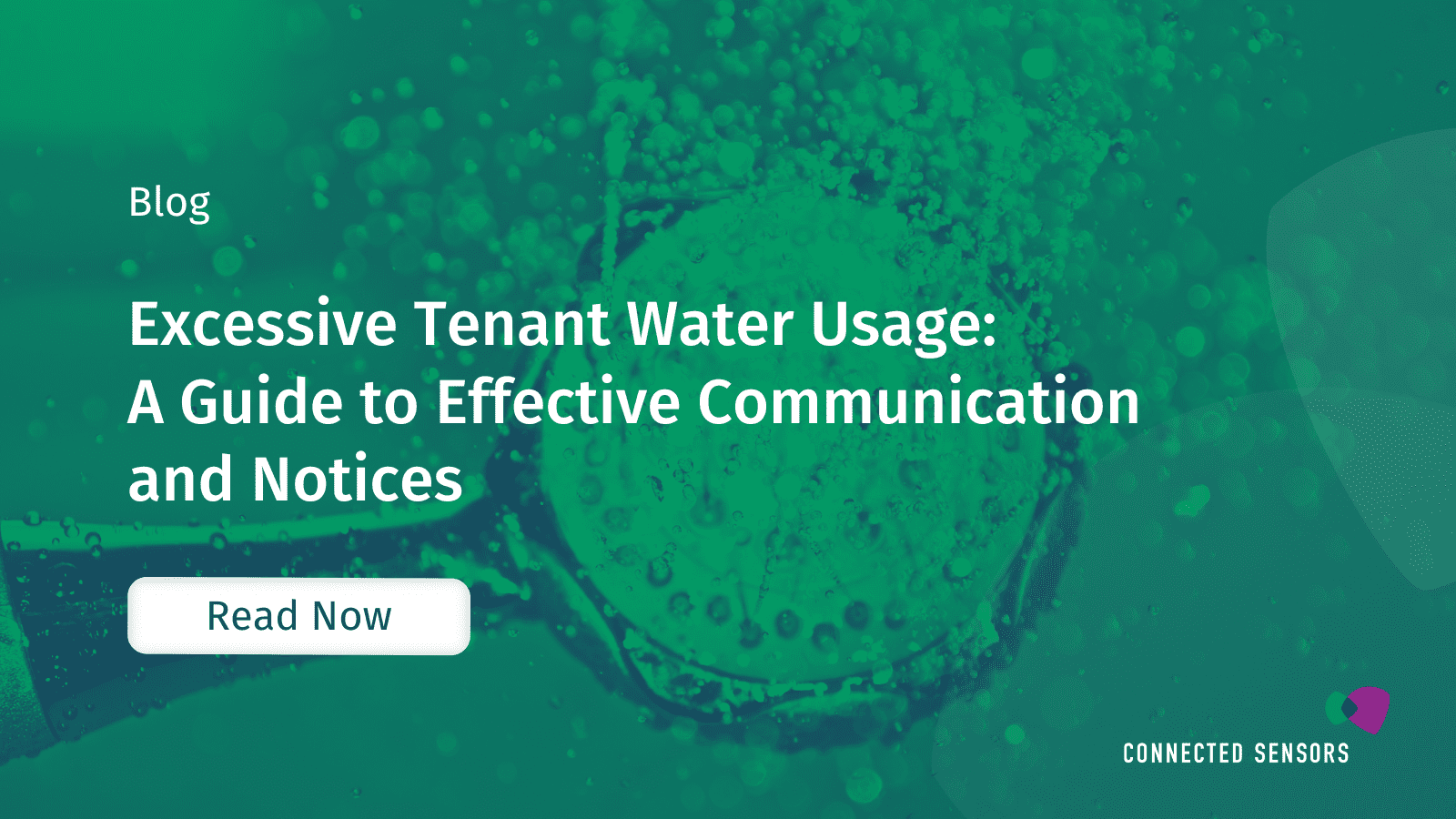





Detecting water leaks early is crucial to prevent water waste and the subsequent financial burden of soaring water bills. One effective method to identify leaks within your plumbing system is mastering the art of reading your water meter. In this blog, we will take you step by step through how to read a water meter, helping you supercharge your sustainability and slash your water bills.
Analog meters, or mechanical water meters, have been a traditional choice for measuring water consumption for many years. They operate on a mechanical system consisting of multiple dials, each representing a specific unit of measurement, such as gallons or cubic feet.
One distinguishing feature of analog meters is the presence of a sweep hand. This hand, which can be large or small and is usually red, moves in response to the water flow through the meter. Its position corresponds to a specific number on the dial, indicating the amount of water passing through the meter at any given moment. Watching the sweep hand can help you monitor real-time water usage.
Analog water meters may also have a low flow indicator. This component is specifically designed to detect very low water flow rates, even when minimal. The low flow indicator can be valuable for identifying slow leaks or drips that may not register on the main dials or sweep hand.
Digital water meters represent a modern and convenient alternative to analog meters. These meters use digital technology to display water consumption numerically, making it easier for consumers to read and understand. The declared value is usually in units such as gallons or cubic feet and updates in real-time.
Digital meters are known for their high accuracy and precision in monitoring low flow rates, making them an excellent choice for measuring water usage in households and commercial properties. Their accuracy ensures fair billing and precise leak detection.
Indoor Meters: In homes with indoor meters, you’ll typically find the meter in the basement, crawl space, or utility room, often near the primary water shut-off valve.
Outdoor Meters: Outdoor meters are usually housed near the curb or sidewalk in a concrete box. A metal cover often facilitates access.
Learning how to read a water meter is helpful. Still, the simplest way to get information about your water usage and potential leaks is to strap on a Water Monkey Water Flow Meter to your water meter and take advantage of real-time water monitoring and advanced data insights.
If your water meter features an analog dial, it will display your water usage in either gallons or cubic feet, as indicated at the bottom of the dial. Each time the dial hand advances from one number to the next, it signifies the passage of 1 gallon or 1 cubic foot of water through your meter. Therefore, when the dial hand completes one full rotation on the meter face, it signifies that 10 gallons or 10 cubic feet of water have flowed through your meter.
Some analog water meters read water usage in cubic feet rather than gallons and employ a decimal point, functioning much like an odometer in a car. The conversion factor between cubic feet and gallons is 1 cubic foot equals 7.48 gallons of water. To determine your water usage in gallons when dealing with a meter that reads in cubic feet, simply multiply the number displayed at the bottom of the meter face by 7.48. Please pay close attention to the decimal point; on these odometer-style water meters, it may be denoted as either a period or a comma.
The digital meter needs light for activation, so you may need to shine a flashlight on it. The display alternates between the meter read and the flow rate. The meter read equals the gallons (or cubic feet) used, while the flow rate equals the number of gallons (or cubic feet) per minute flowing through the water meter. Some digital meters allow a review of historical water use. This feature helps track water use trends, such as when leaks have occurred. Check your water provider’s website for more information.
Understanding how to read a water meter is a valuable skill that can save money and protect the environment. With better insight into your water meter metrics, performing regular checks, and addressing leaks promptly, you can ensure the efficient use of this precious resource while maintaining a leak-free plumbing system.
© 2023 All rights reserved